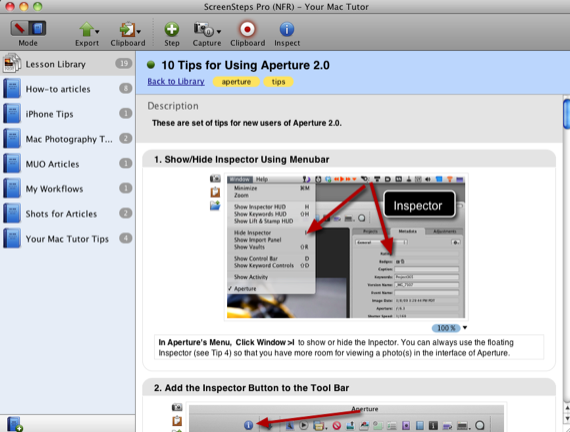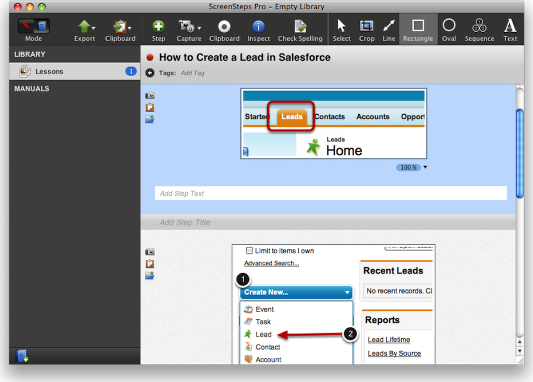

- #Screensteps unhide a manual update
- #Screensteps unhide a manual password
- #Screensteps unhide a manual download
Paste Logout URL value, which you have copied from the Azure portal into the Log out URL textbox.ĭ. Paste Login URL value, which you have copied from the Azure portal into the Remote Login URL textbox.Ĭ. Click Upload new SAML Certificate file, and then upload the certificate, which you have downloaded from Azure portal.ī. In the Edit Single Sign-on Endpoint section, perform the following steps:Ī. In the Create Single Sign-on Endpoint section, perform the following steps: In a different web browser window, log into your ScreenSteps company site as an administrator. In the Add Assignment dialog, click the Assign button.If you're expecting any role value in the SAML assertion, in the Select Role dialog, select the appropriate role for the user from the list and then click the Select button at the bottom of the screen.In the Users and groups dialog, select B.Simon from the Users list, then click the Select button at the bottom of the screen.Select Add user, then select Users and groups in the Add Assignment dialog.In the app's overview page, find the Manage section and select Users and groups.In the applications list, select ScreenSteps.In the Azure portal, select Enterprise Applications, and then select All applications.In this section, you'll enable B.Simon to use Azure single sign-on by granting access to ScreenSteps.
#Screensteps unhide a manual password
#Screensteps unhide a manual download
On the Set up Single Sign-On with SAML page, in the SAML Signing Certificate section, click Download to download the Certificate (Base64) from the given options as per your requirement and save it on your computer.
#Screensteps unhide a manual update
Update this value with the actual Sign-On URL, which is explained later in this tutorial. In the Sign-on URL text box, type a URL using the following pattern: On the Basic SAML Configuration section, perform the following step: On the Set up single sign-on with SAML page, click the pencil icon for Basic SAML Configuration to edit the settings. On the Select a single sign-on method page, select SAML. In the Azure portal, on the ScreenSteps application integration page, find the Manage section and select single sign-on. Test SSO - to verify whether the configuration works.įollow these steps to enable Azure AD SSO in the Azure portal.Create ScreenSteps test user - to have a counterpart of B.Simon in ScreenSteps that is linked to the Azure AD representation of user.Configure ScreenSteps SSO - to configure the single sign-on settings on application side.Assign the Azure AD test user - to enable B.Simon to use Azure AD single sign-on.Create an Azure AD test user - to test Azure AD single sign-on with B.Simon.Configure Azure AD SSO - to enable your users to use this feature.To configure and test Azure AD SSO with ScreenSteps, perform the following steps: For SSO to work, you need to establish a link relationship between an Azure AD user and the related user in ScreenSteps. Configure and test Azure AD SSO for ScreenStepsĬonfigure and test Azure AD SSO with ScreenSteps using a test user called B.Simon.

In this wizard, you can add an application to your tenant, add users/groups to the app, assign roles, as well as walk through the SSO configuration as well. Wait a few seconds while the app is added to your tenant.Īlternatively, you can also use the Enterprise App Configuration Wizard.

Identifier of this application is a fixed string value so only one instance can be configured in one tenant.


 0 kommentar(er)
0 kommentar(er)
